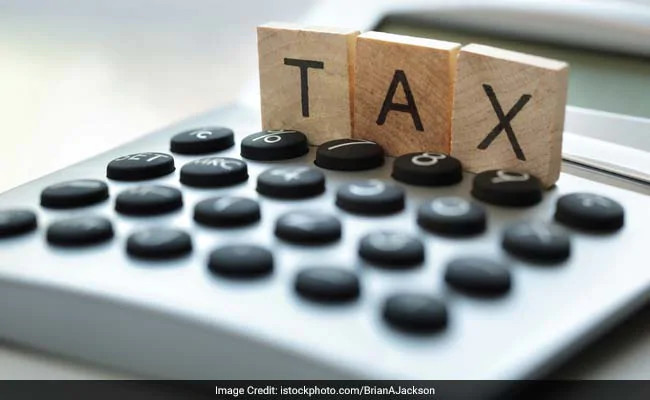National Pension System or NPS is a Government of India sponsored retirement scheme under which the investor is given the option to invest in preferred categories such as stock exchange, government security. According to the website npscra.nsdl.co.in national Securities Depository Limited (NSDL), the investor can know the current price of investment in his NPS account day by day. NSDL is the central recordkeeping agency (CRA) for NPS itself. Each employee is identified by a unique number, and each employee has a Permanent Retirement Account Number or PRAN.
In her first budget, Finance Minister Nirmala Sitharaman had made some changes in the income tax rules on investment under the National Pension System (NPS). Sitharaman had raised the income tax exemption limit on withdrawals from National Pension Scheme (NPS) accounts and announced some additional income tax benefits for employees contributing to NPS accounts.
The important information about the National Pension System (NPS) is as follows:
How to open NPS account?
Nps account can be opened in two ways by any Indian citizen between the age of 18 to 65 years – online and offline. According to NSDL, any subscriber can apply for nps account by visiting point of presence (PoP), or can apply online on the enps.nsdl.com/eNPS the e-NPS website.
NPS Withdrawal Rules
According to NSDL, partial withdrawals are allowed under certain circumstances from a mandatory Tier 1 account under NPS.
For withdrawal before the age of 60, the subscriber will have to leave at least 80 per cent of the deposit in the pension account to give him a monthly pension. According to NSDL, the remaining 20 per cent is paid to the subscriber in lump sum.
If the total deposit in the NPS account is less than Rs 2 lakh, the subscriber can opt for 100% withdrawal if he is 60 years of age. In other cases, at least 40 per cent of the deposits will have to be left in the pension account. According to NSDL, the remaining 60 per cent is paid to the subscriber in lump sum.
In case of subscriber’s death, his nominee has the option of 100% lump sum withdrawal. According to NSDL, the nominee may also opt to continue with the NPS account, for which it will have to meet the necessary KYC conditions and become a subscriber of nps.
How to get income tax benefits available under NPS scheme
An existing customer can take advantage of it at any time – a service provider (PoP-SP) or alternatively an e-NPS website – enps.nsdl.com can go to make additional contributions to a Tier I account.
Any member associated with this scheme can submit the transaction statement as investment proof. All NPS customers can download their deposit receipt in tier I account in a financial year by logging into their NPS account.
What are the income tax benefits available under nps scheme
In last year’s budget, the government had increased the income tax exemption on 40 per cent withdrawals from the National Pension System (NPS) to 60 per cent withdrawals.
The government had proposed to separate the NPS trust from the Pension Fund Regulatory and Development Authority (PFRDA). PFRDA had earlier implemented and controlled the National Pension System (NPS) through nps trust. The trust was set up by PFRDA to take care of assets and rupees under NPS.
Finance Minister Nirmala Sitharaman had proposed to increase the contribution limit of its employees’ accounts from 10 to 14 per cent by the government. As per the existing provisions, any NPS customer can claim tax deduction up to 10 per cent of gross income under Section 80 CCD(1) of the Income Tax Act in the total limit of Rs. 1.5 lakh under Section 80 CCE of the Act.
As per nsdl’s website – nsdl.com, additional investments in NPS up to Rs 50,000 are exclusively available to customers under Section 80CCD (1B) of the Income Tax Act.
The amount invested in the purchase of pension plan is also completely exempted from tax. However, the pension income that the customer receives in later years is subject to income tax.
Also read Government Rolls Out Tax Benefits: Extends Return Deadline, Reduces TDS By 25%


